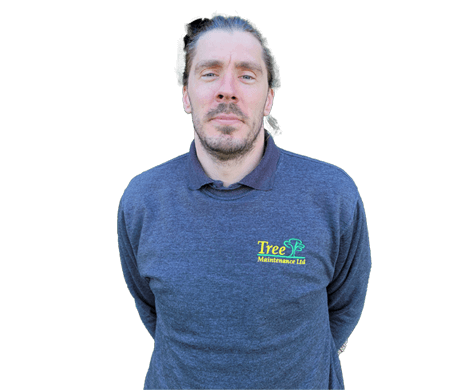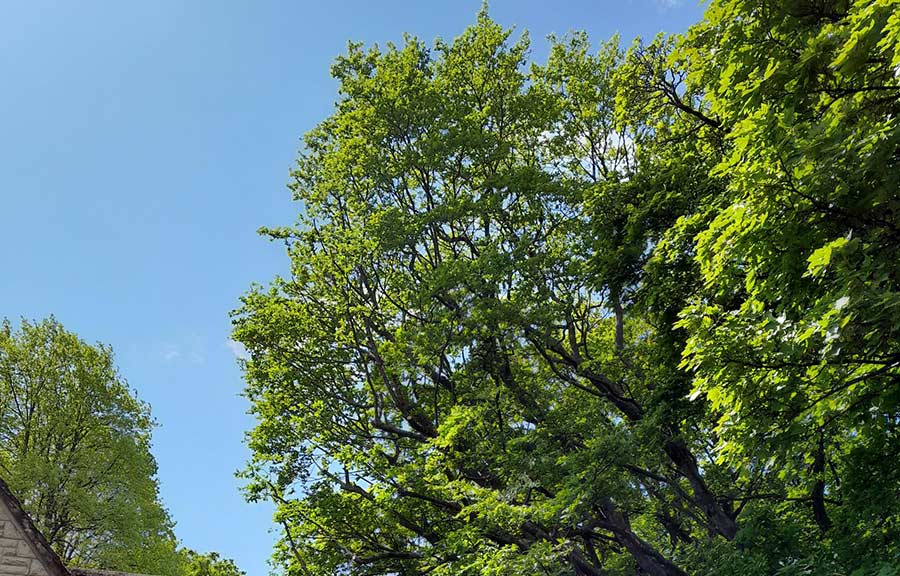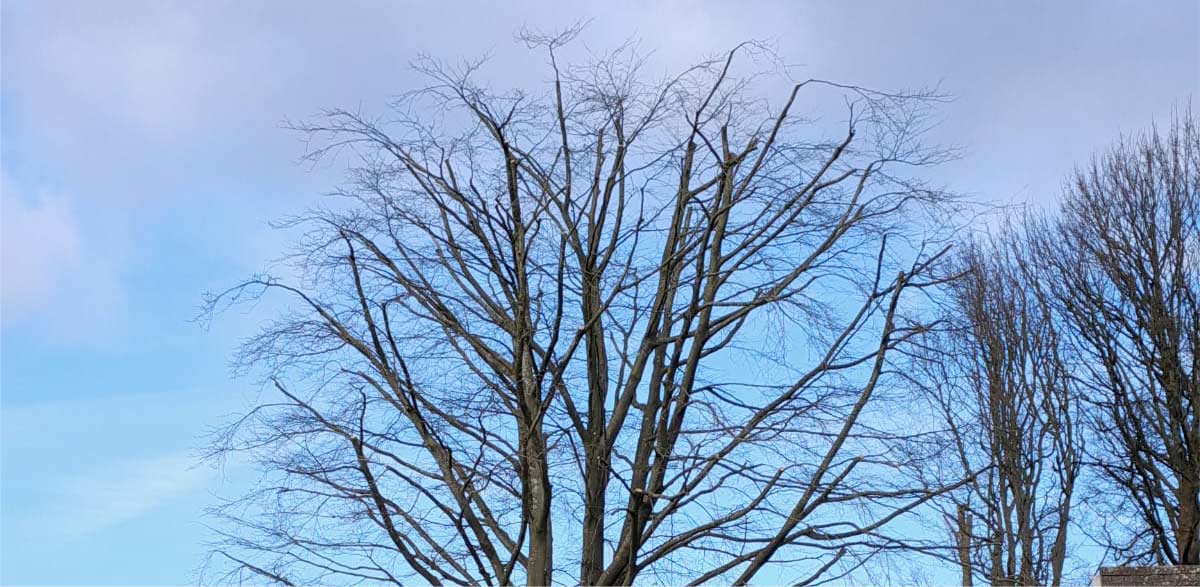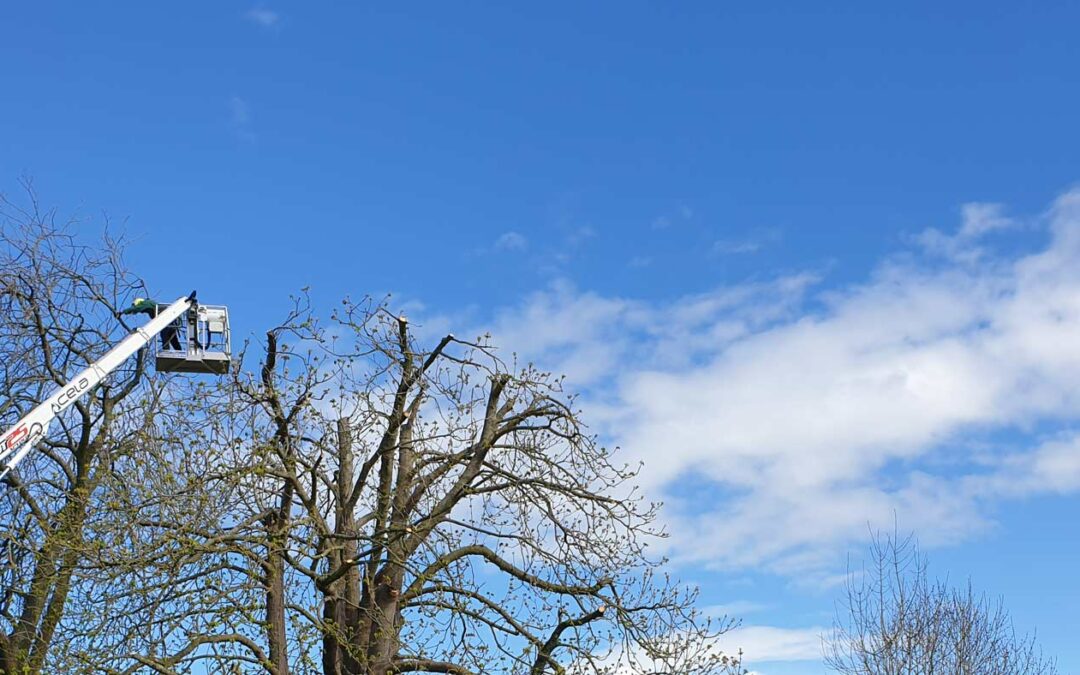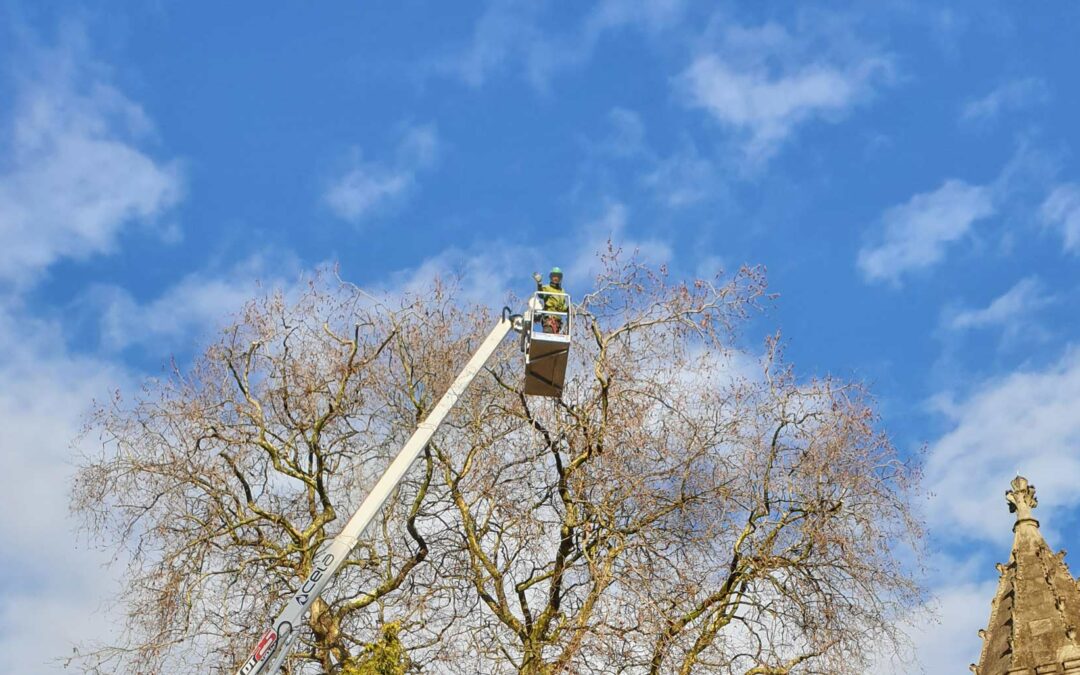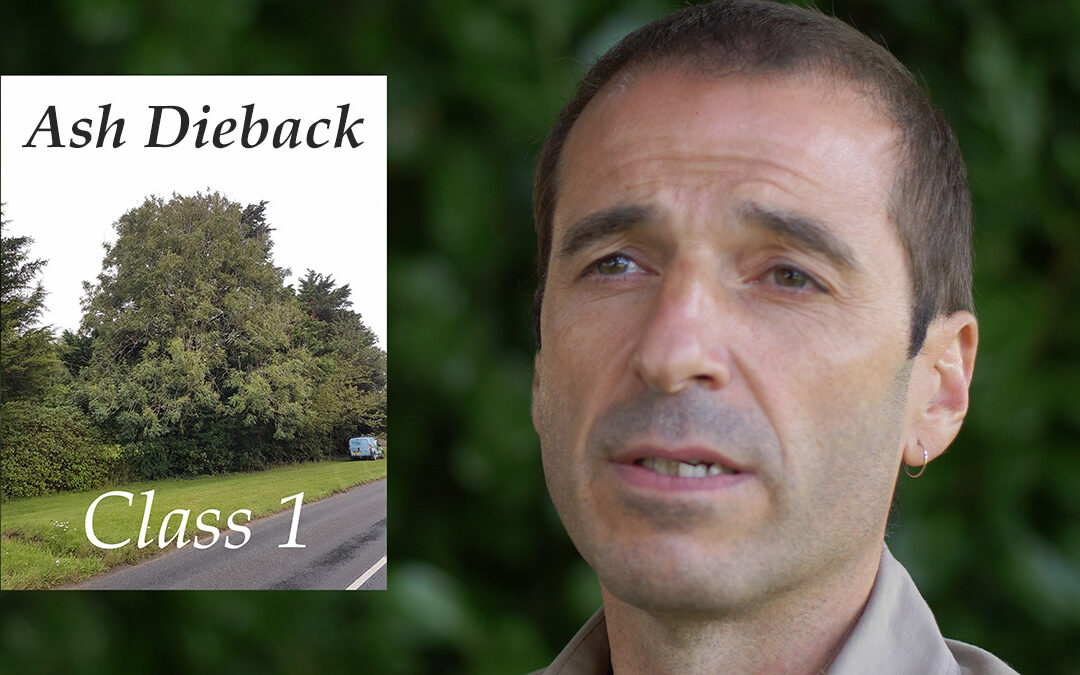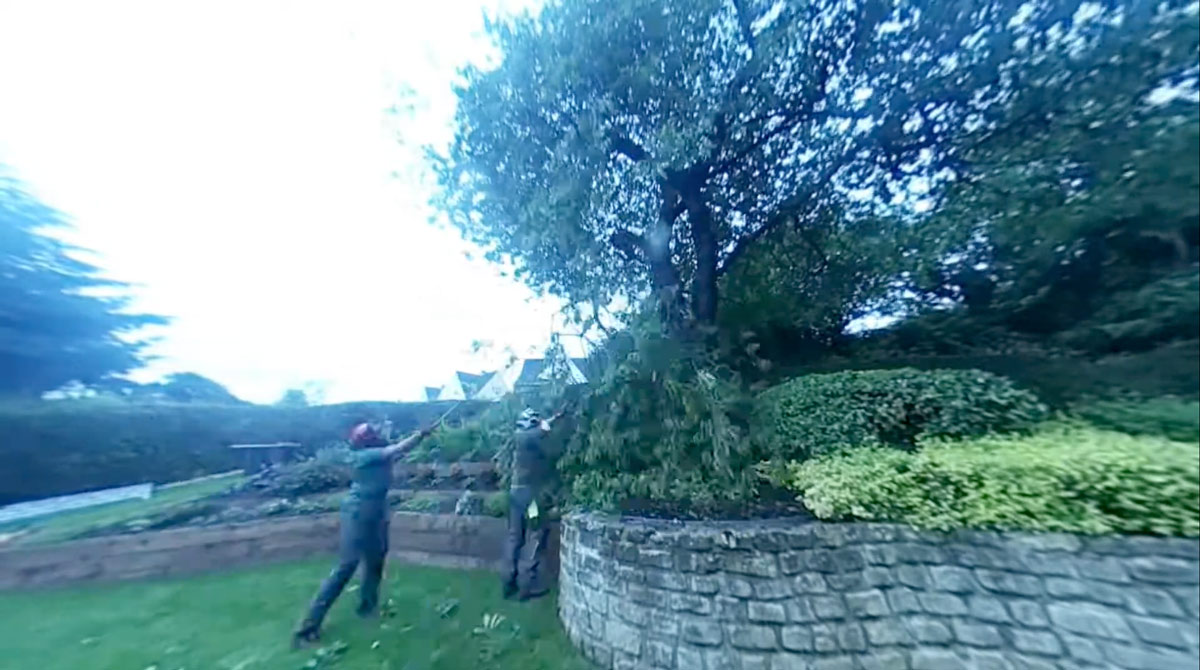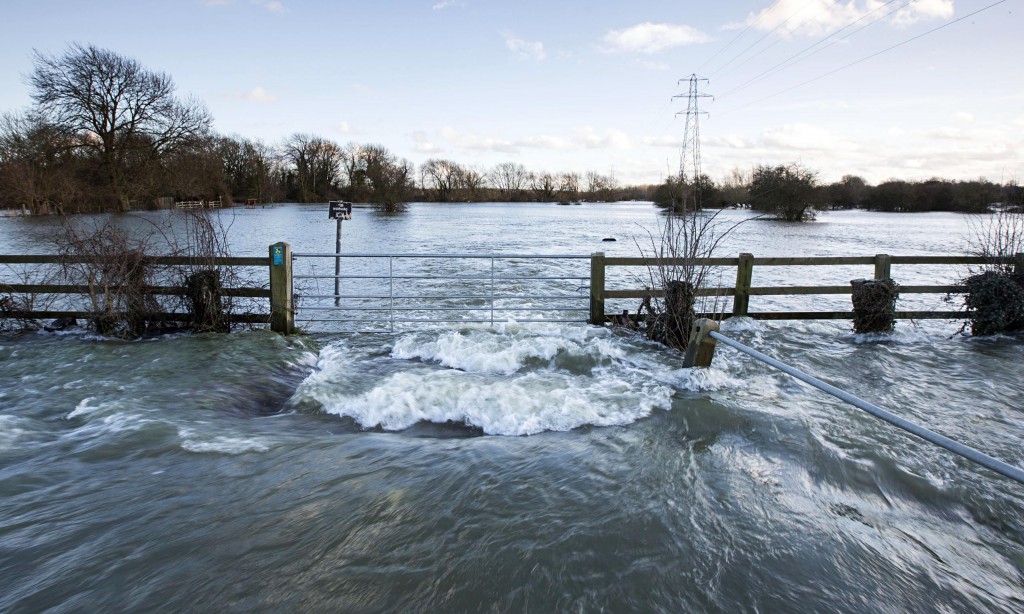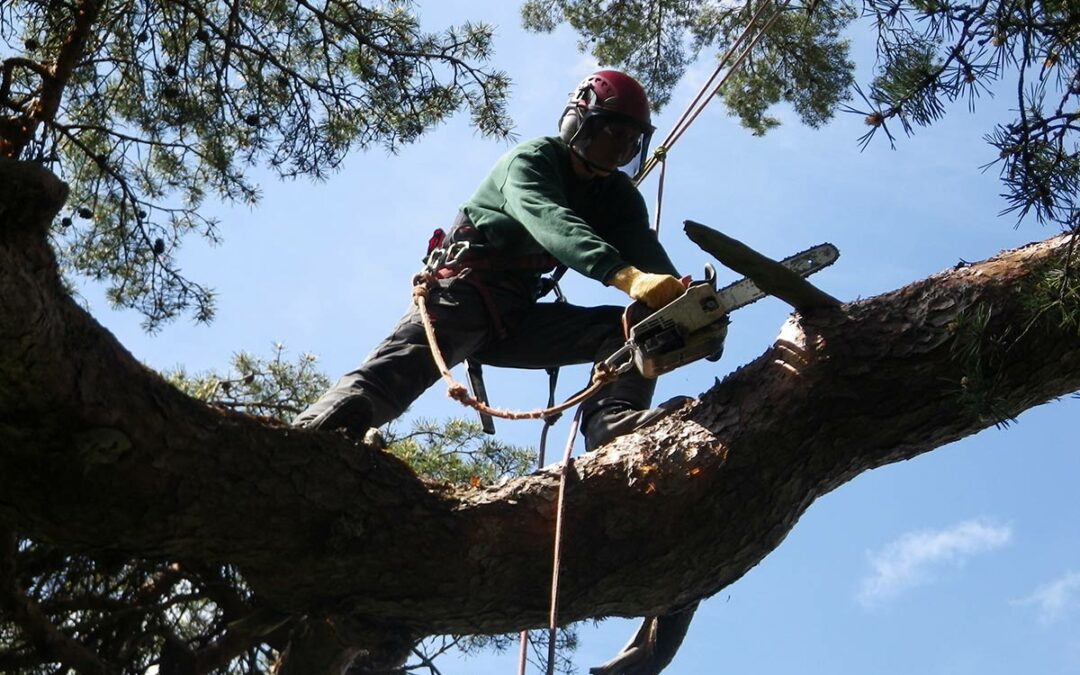If you have trees on your property – old or young – then it’s likely you’ve made a commitment to keeping them healthy and beautiful. Although some homeowners and businesses attempt to maintain trees on their own, without consulting an expert, the reality is that many simply don’t have the skills or understanding to do so in a way that most benefits and protects the tree. In fact, tree surgery is an important skill that takes years to learn. To do the best for your trees, it’s wise to employ an experienced tree surgeon because they have the specialised equipment necessary to do the job right, without harming the tree. Read on to learn more about tree surgeons and the sorts of tools and equipment they use.
The Main Tasks Performed by a Tree Surgeon
A tree surgeon needs to have skills in a number of disciplines. Tree surgeons, as you’d expect, tend to trees that have become weakened or diseased for a variety of reasons. Tree surgeons are highly skilled in diagnosing and treating diseases and pests that attack trees. These professionals also provide emergency tree care, for example, after a storm that causes damage. Additionally they undertake planting of shrubs, trees, screens and hedges.
About Engaging a Tree Surgeon
It’s important to discuss the sort of work that you want done. Discussing your requirements with the tree surgeon will help form a specification for work and a workable plan. Besides having the correct knowledge and experience a tree surgeon will be experienced in using the right tools and equipment. A competent tree surgeon should always be able to provide proof of adequate insurance, along with documents proving they have received the correct sort of training. A written estimate should be provided. These experts usually work to the stated British standards for tree work, including BS 3998:2010 and BS 5837:2012, so you should verify their familiarity with these regulations. It’s critically important to stay within planning laws, if your property is subject to them. In many cases, tree owners must obtain written permission from the local planning authority before engaging a tree surgeon to carry out tree work. Failure to do so may result in both you and the tree surgeon being prosecuted.
Equipment Used by Tree Surgeons
Perhaps the main reasons you shouldn’t undertake tree surgery on your own is that tree surgery is a high-risk profession and requires specialist training to help prevent serious injury. Also, you’re not likely to have the right sort of knowledge or equipment to both do the job and protect the tree. In addition, there’s highly specialised equipment for tasks like climbing, pruning and handling of heavy materials.
To accomplish all these tasks, and many others, tree surgeons need to be proficient in using a variety of specialist equipment, such as chainsaws and wood chippers and shredders. Other tools include strimmers, secateurs (pruning shears), hedge cutters, ropes, harnesses, lowering devices and mobile elevated work platforms (MEWPS). Good tree surgeons will be highly adept at maintaining their equipment and performing minor repairs to keep it in top operating condition.
More About a Tree Surgeon’s Equipment
An important piece of safety equipment is the harness. This is a device that tree surgeons use to secure themselves by way of an anchored rope whilst performing work above the ground. Tree surgeons have access to a variety of harnesses, including full-body and work positioning harnesses. A work positioning harness resembles a belt with two loops attached. The legs are placed through the loops and then the belt is fastened about the waist. It’s the most common type of climbing harness.
Because climbing is an important activity for tree surgeons, they usually have a good array of climbing equipment, including karabiners. These are mechanical devices that assist in rope control by providing reliable connections that are easily and quickly reversed when needed. Karabiners are metal loops that can be opened on one side. The side that opens is called the “gate,” and the side opposite it is called the “spine.” Some karabiners have a locking mechanism to prevent accidental opening. Other important pieces of gear for a tree surgeon are ascenders and descenders. These are mechanical devices that facilitate upward and downward movement along a rope. They attach to the harness using a sling or piece of webbing and then are clipped and locked onto the rope.
Other Important Pieces of Tree Surgery Equipment
To ensure a positive grip when climbing or descending, many tree surgeons use spikes (spurs). These are metal devices that fit on or over the shoes. They’re fitted with sharp spikes that help the tree surgeon “dig in” and stay stable. Spurs can be made from carbon fibre, titanium, steel or aluminium and are usually fitted with pads to make them more comfortable to wear. However, spikes should not be used on any part of a tree that is to be retained as their use can inflict serious damage to the bark, leading to possible disease and decay. Since pruning is an important activity for tree surgeons, it’s no surprise that there’s a good variety of tools that can be used. Pruning saws are ideal for branches that are too large for secateurs.
Another key piece of equipment is the lopper, which is a scissors-like tool used for pruning small branches and twigs. Some lopper models have extendible handles for reaching higher branches. Loppers require two-handed use. Bow saws have curved, C-shaped frames to which a variety of blades can be fitted. They’re ideal for cross-cutting. A cross-cut is a horizontal cut to a standing tree or crosswise on a piece of lumber. Other essential items for tree surgeons include axes, sledgehammers and splitting mauls, devices in which one side of the head looks like an axe and the other side resembles a sledgehammer.
To protect and preserve your valuable and beautiful trees, be sure to consult with a professional tree surgeon before undertaking any major pruning or cutting projects.
Looking for tree surgeons or tree advice? Call Tree Maintenance Ltd.
on 01285 760 466 for a free quotation.
